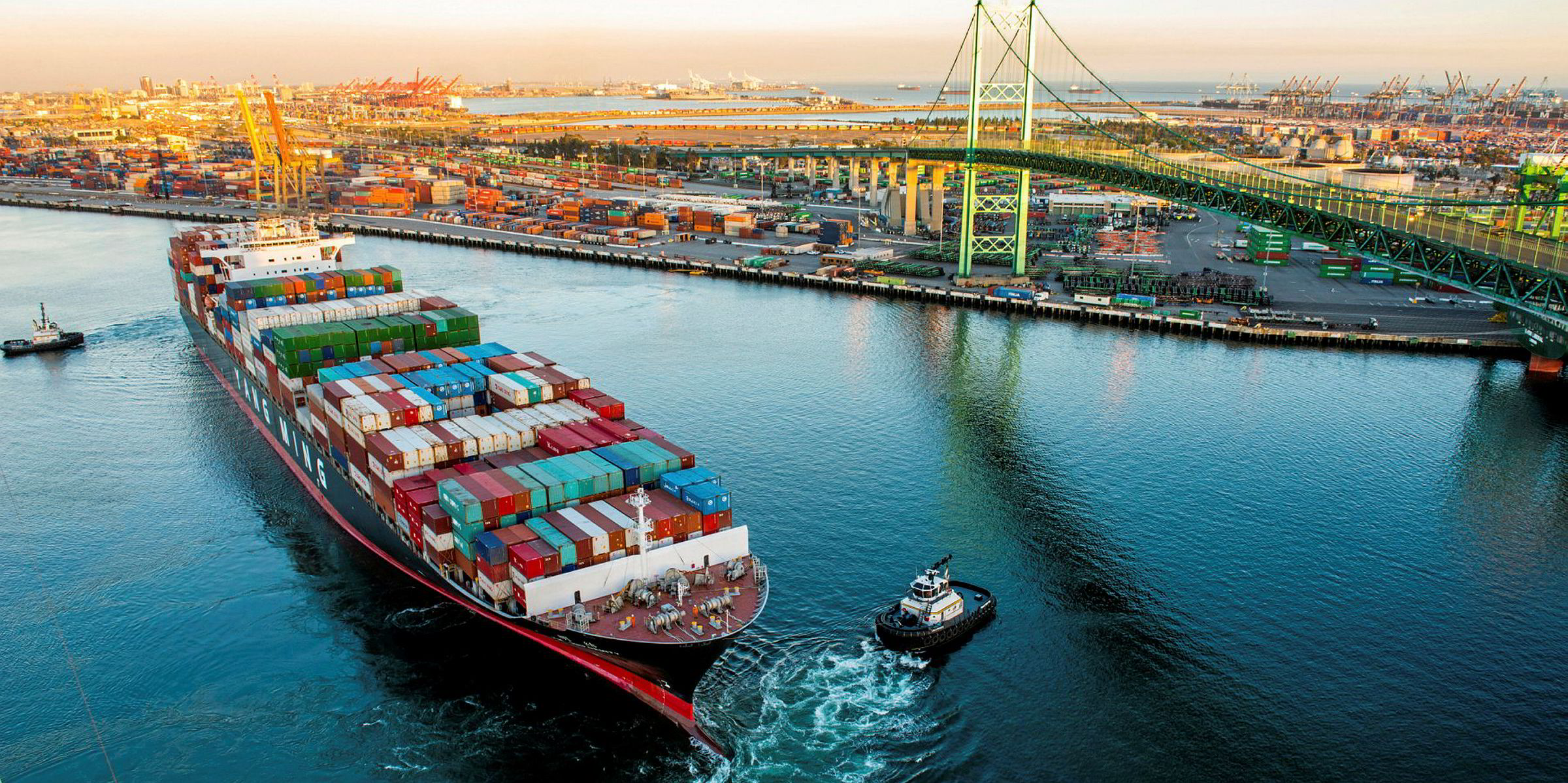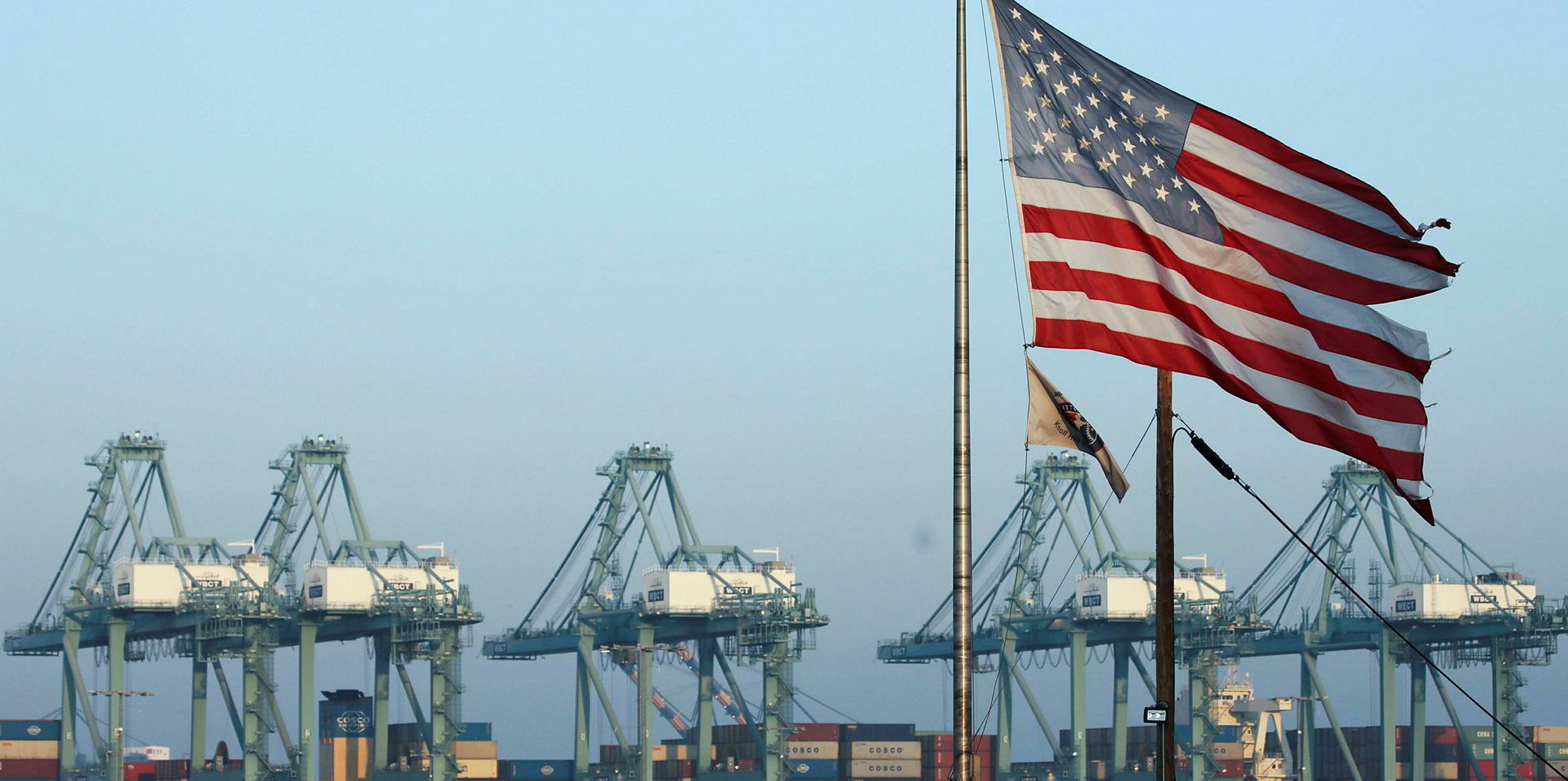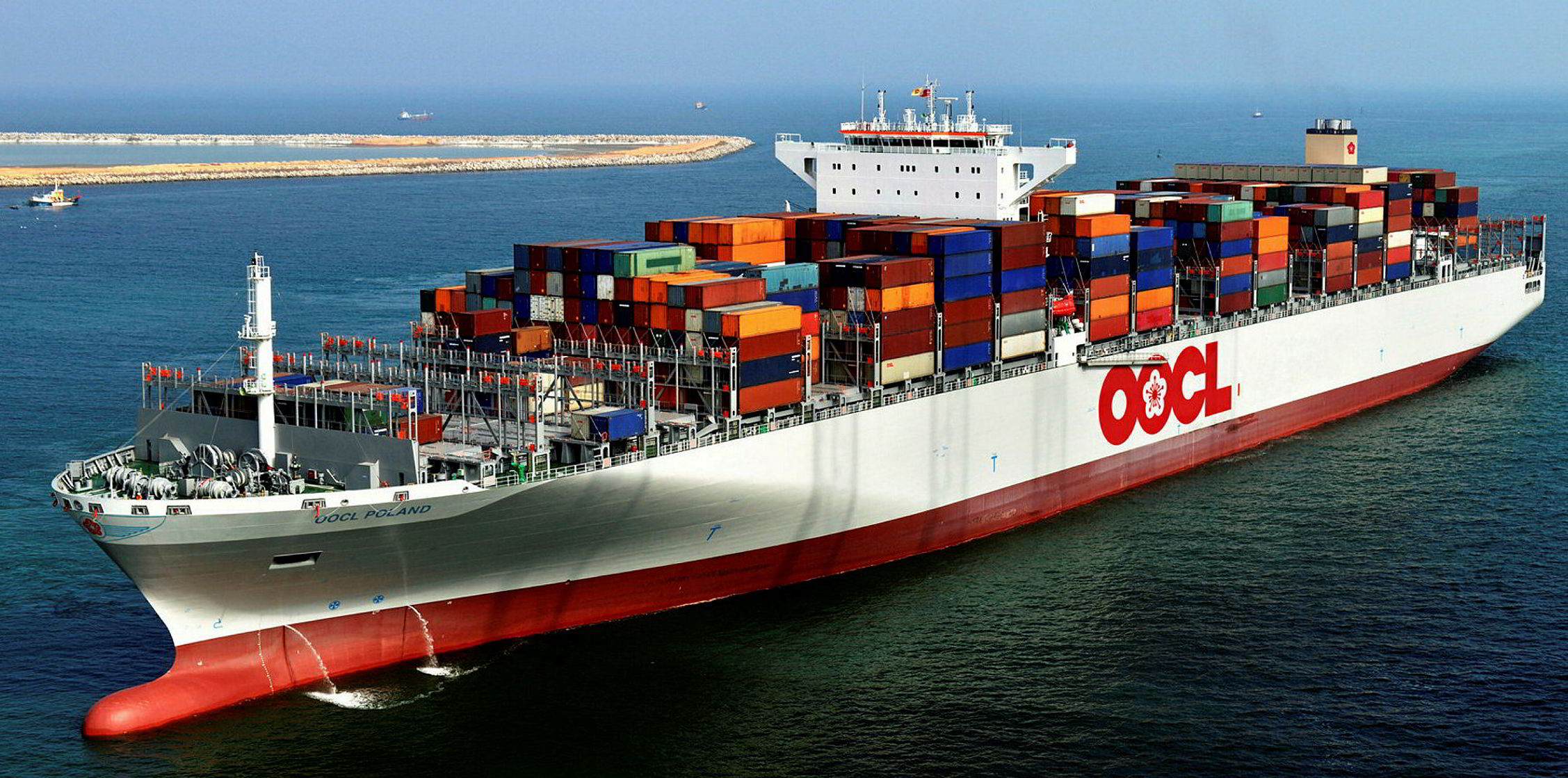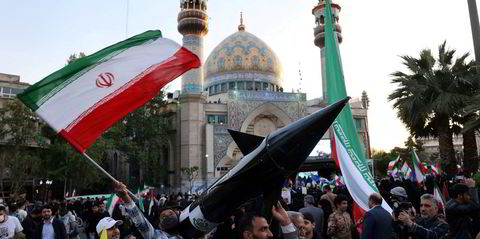Liner operators are taking advantage of a rush in pre-Chinese New Year cargoes, with demand for vessels high and many voyages sailing with full loads.
Spot rates from Shanghai to Los Angeles rose 25% to reach $1,791 per 40-foot equivalent unit container in the week ending 2 January, according to the World Container Index.
Space is tightest on the transpacific routes, where carriers are poised to “blank”, or withdraw, a record number of scheduled sailings through to the end of February because of a decline in demand as a result of the US-China trade war.
Vessel sailings out of China for the US are reported to be 95% full in the run-up to Chinese New Year on 25 January, when many factories in Asia will close.
US-based BlueWater Reporting believes low freight rates will continue at the start of the year, despite easing trade tensions.
It said carriers with a higher percentage of capacity in the Asia to North America trades will be more susceptible to how the trade war pans out.
At greatest risk
Carriers most at risk are listed as Zim, Ocean Network Express (ONE), Evergreen Marine Corp and Yang Ming Marine Transport.
Zim has allocated 14.2% of its capacity each week towards the Asia to North America trade. ONE, Evergreen and Yang Ming have each allocated more than 10%.
The global sulphur cap also represents a huge threat to profitability, according to BlueWater.
Carriers are attempting to recover the higher costs associated with IMO 2020 through bunker adjustment factors (BAF), which they rolled out on 1 December.
But companies are expected to struggle to pass on all the associated costs, due to their limited bargaining power in a market plagued by overcapacity.
“The IMO 2020’s sulphur cap will likely hurt some carriers more than others, being that they’re taking different approaches on how to comply,” BlueWater said.
“Additionally, they have different BAF formulas for recovering fuel costs, which could impact how successful they are in recouping costs.”






